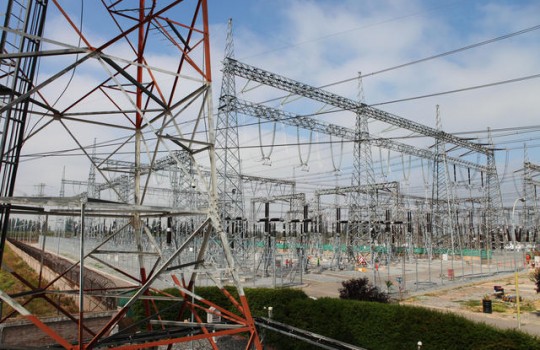
The consultant states that the challenge is to strengthen the network for new catastrophes without incurring higher costs.
Power system’s resilience highlighted, but areas of weakness warned of
There is no doubt that the Chilean electricity system has responded very well to the catastrophic events of recent years.
Now that the storms, earthquakes, tsunamis and floods have been compounded by the most destructive fires in history, the consulting firm Systep, linked to the academic Hugh Rudnick, has brought up the debate on the need to continue strengthening the electricity grid versus the willingness to assume the higher associated cost.
“Considering the forest fires and natural disasters of recent years, it is relevant to discuss the degree of resilience of our electricity system as a whole,” says Systep in its monthly report.
They add that this implies having the capacity to tolerate a disturbance, so as to continue delivering energy at an affordable price to consumers. This also implies the ability to recover quickly.
In this sense, the consultant states that what has been developed so far has yielded results, since the strict construction codes and other criteria applied to the operation have made it possible to cushion the impact of these episodes.
They mention that this deployment, which is also reflected in the system planning exercises, has been focused on generation and transmission, which are two of the three levels at which the system operates, which is why they suggest that it would be important to deepen resilience by also taking it to the distribution level and, thus, to residential customers.
This point is important because 60% of the country’s electricity consumption corresponds to regulated customers, i.e. those supplied by low voltage networks through distributors.
“Studying the impact that these catastrophic events have on generation and transmission is necessary, but not sufficient, to determine or optimize the resilience of the system as a whole, since the analysis must also include the distribution segment,” they say.
Systep states that although it is understandable that a joint improvement of the transmission and distribution networks is not feasible in its entirety, given the regulatory division of both segments and the associated methodological and IT complexity, at least interactions between these segments should be considered in order to maximize resilience.
This would imply, for example, the construction of additional lines or the use of higher quality materials for the construction of these facilities, as well as the operation of the system with higher reserve margins.
Here they return to the dilemma of the willingness to absorb a considerable increase in investment and operating costs in exchange for improved preparedness for a catastrophic event of unknown magnitude.





